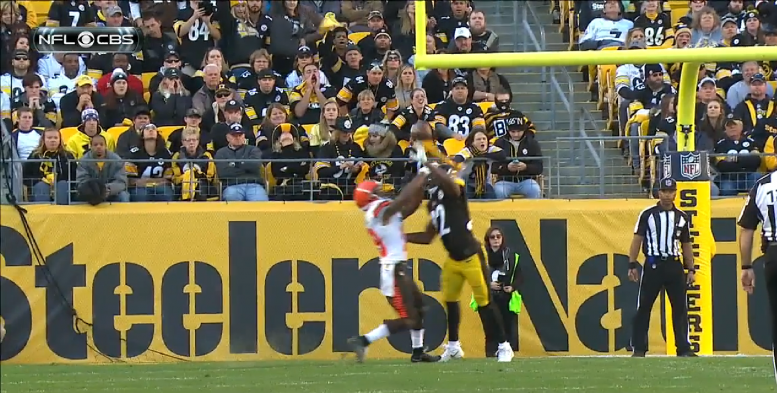When it comes to free agency, as readers of the site are well aware, the Pittsburgh Steelers are very rarely active players in the open market. If they sign any outside free agents, it often comes in the form of a one-year veteran-minimum qualifying contract or two for a player designed to provide depth at a leaky position.
The Steelers routinely focus their efforts not on adding from outside of the organization, but rather keeping together what they have already built. After all, nobody will be able to come in and contribute as seamlessly as a player that has already been a part of the building process.
That does not mean, however, that they always wrap up their loose ends immediately, and especially in an offseason such as this one, such inactivity might cause some consternation out there as to why the Steelers are not quick to move the needle and make specific moves to retain key players.
It is true that the team seems to have a higher number of significant players slated to hit the open market than might be generally true during any given offseason, as well as several key role players who have been able to step up in a meaningful way when called upon, which would seem to strengthen the call to retain them quickly, but it really isn’t necessary, and there is no advantage to jumping the gun.
Over the course of the past six offseasons, the Steelers have only worked out deals with three of their players slated to become free agents prior to the actual opening of the free agency period that I can find, and a couple of those might require some explanation.
Going back to the 2010 season, the Steelers actually got a deal done relatively early with nose tackle Casey Hampton, agreeing to a three-year contract with the veteran slated to hit free agency. The team was debating on slapping him with the franchise tag, but instead tagged their kicker at the same time that they were able to work out a deal, so there was also the tag deadline in play for this signing.
During the 2013 offseason, the Steelers worked out a three-year contract with Ramon Foster—on the day before the new league year, on the far edge of the three-day window in which teams were able to contact free agents. It is likely that Foster had already tested the open market before agreeing to sign on the eve of actual free agency.
Last offseason, the Steelers chose to get their one-year veteran-minimum contract with Greg Warren out of the way early, signing him in early February. They did not re-sign any of their other free agents until late March.
During February, teams are more interested in preparing for the Combine than in getting deals done that can wait. There may be a structure of a plan put in place around this time to execute later, but basically, there should be no reason for concern if the Steelers haven’t signed William Gay by the first week of March.








